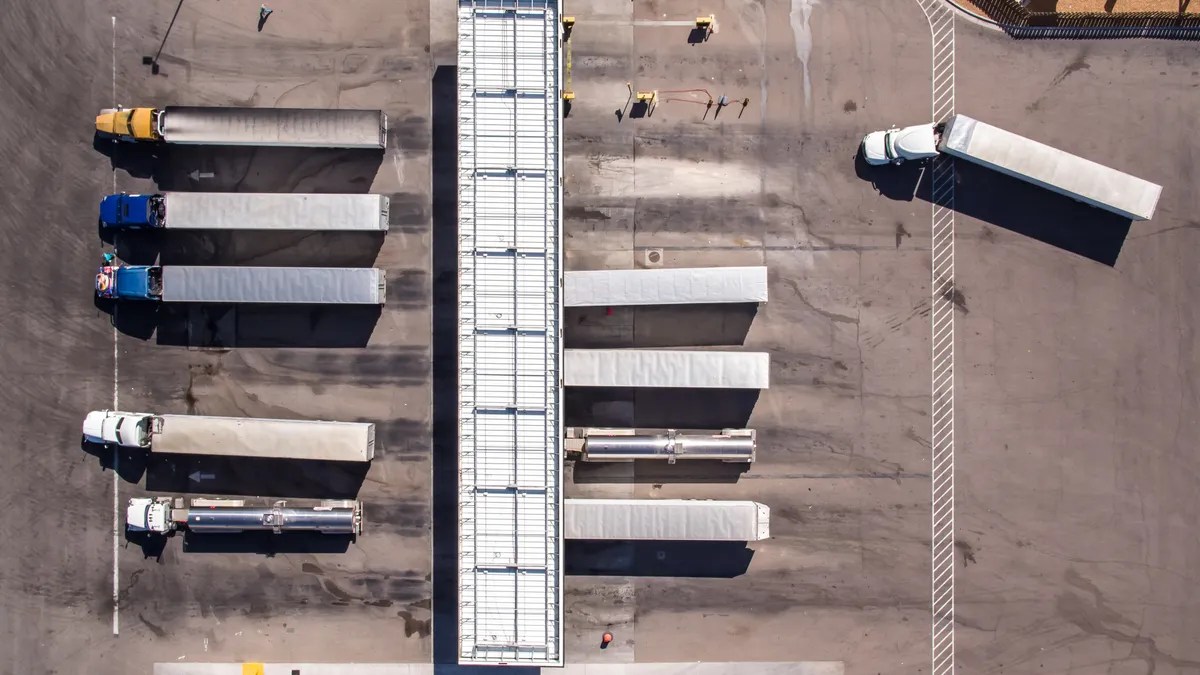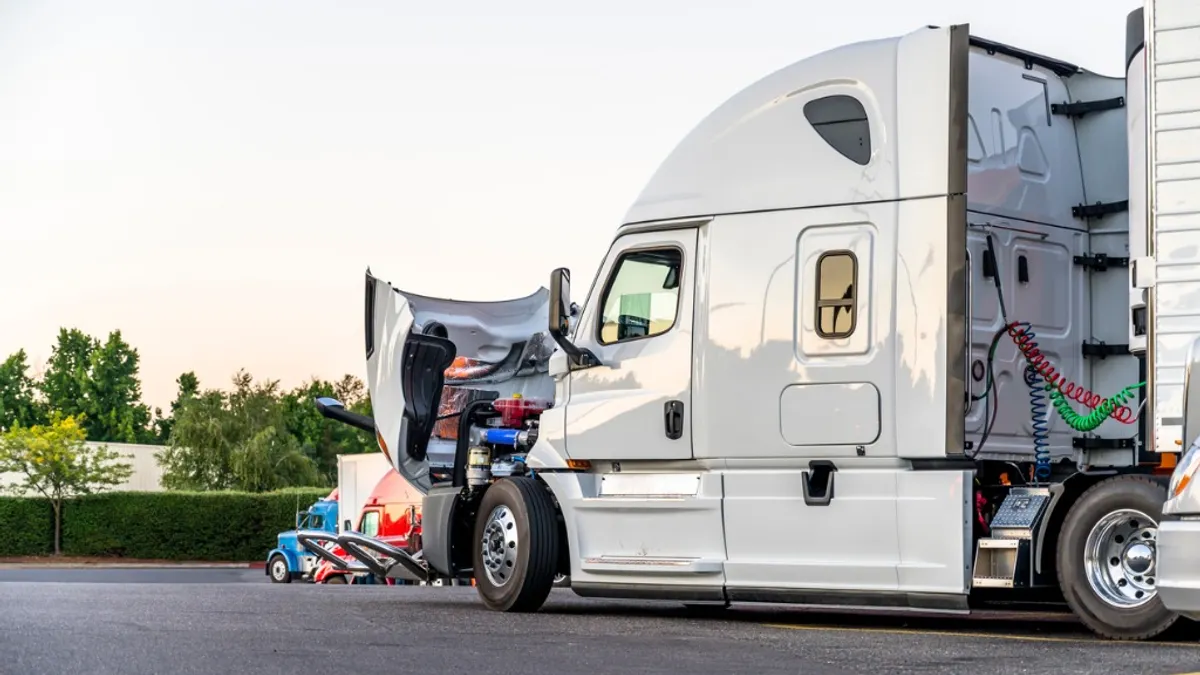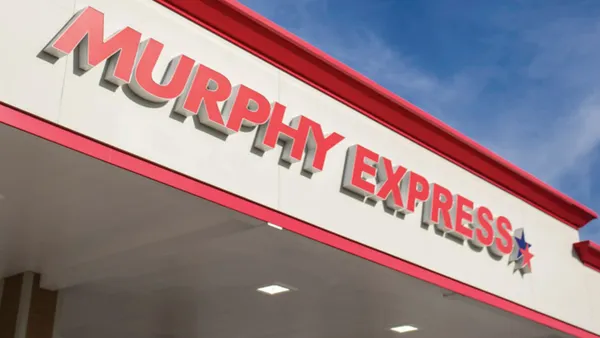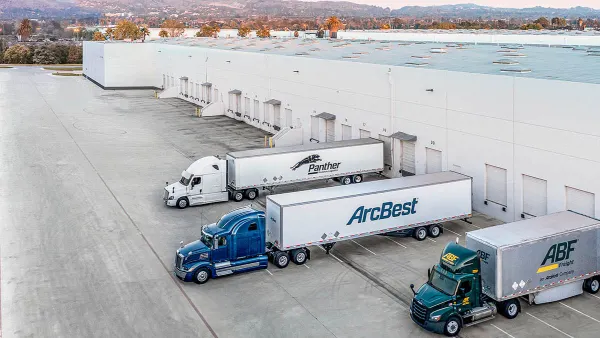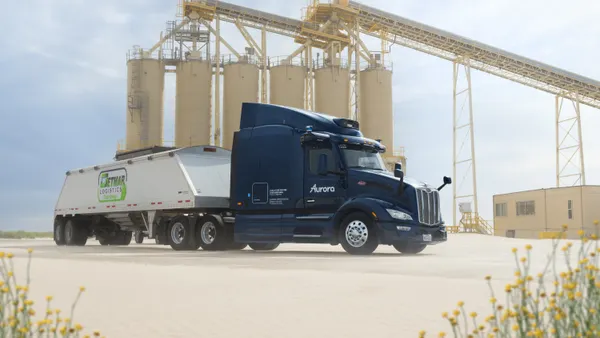This story is part of a three-part series on the past, present and future of visibility between carriers and shippers. Click here to view the entire package.
Visibility between shippers and carriers is no longer in the Dark Ages — or, rather, in the "Relying-On-Phone-Calls" ages.
The ELD mandate and consumer expectations to track their packages have spurred greater investment in third-party platforms, bringing real-time visibility closer to reality. The current supply chain crisis is also accelerating progress, as the industry scrambles to meet demand while contending with labor constraints and equipment shortages.
The trucking industry has traditionally given supply chains elasticity, and has been "able to flex and absorb almost like a rubber band," said LeAnne Coulter, vice president of freight management at Penske Logistics.
"But that flexibility is really reducing. So, in order for supply chain to meet customer demand, the necessity for visibility to change to truly understand inventory at motion and at rest is moving beyond convenience," Coulter said.
ELDs spur tech adoption
The ELD mandate has already made a significant difference in improving visibility between shippers and carriers, said Coulter.
"It's expanded the opportunities to secure data throughout a much larger carrier base and driver base," she said.
It also leveled the playing field, because it wasn't just large carriers making investments in technology anymore — not when a baseline investment was now required by the Department of Transportation.
Third-party platforms, such as those by project44 and FourKites, have integrated ELD data into their tools to create a better view of visibility.
"It's up to the shippers and carriers to figure out how to integrate all the solutions that are on the market."

Paul Beavers
CTO of PCS Software
Even though the visibility available today is a huge leap from phone calls, it's not perfect, said Paul Beavers, CTO of PCS Software. There still isn't a standard way to move freight-location details between multiple stakeholders.
"It's up to the shippers and carriers to figure out how to integrate all the solutions that are on the market," he said, which is complicated by a lack of standardization beyond what an ELD provides.
Consumers expect visibility
The demand for greater visibility between shippers and trucking carriers has also been moved forward by improved visibility experiences in the consumer space. They have come to be expected, rather than a nice-to-have.
"I can see when my package is supposed to arrive at my house. Why can't I see that from all of my truckload and LTL carrier base?" asked Coulter.
"I can see when my package is supposed to arrive at my house. Why can't I see that from all of my truckload and LTL carrier base?"

LeAnne Coulter
Vice President of Freight Management at Penske Logistics
Consumers and commercial customers have "increased demands around real-time visibility to their orders and shipments," according to a Gartner study published last year.
In the past, visibility tools have enabled companies to use their customer service to differentiate themselves, according to the report. And because customers keep raising expectations around customer service, not being able to offer high levels can have a negative effect.
Shipping and trucking professionals are "taking a very personal experience and bringing it back into the business environment," Coulter said.
Investments ramp up
While the market for third party platforms is still fractured, investment is still happening and moving technological solutions ahead.
By 2023, Gardner expects that 50% of global, product-centric enterprises will have invested in real-time transportation visibility platforms. The firm also found that several visibility vendors are growing at 100% year over year.
"If I'm a carrier and my shippers are happier because they have visibility and they know where their freight is, they'll use me more," said Beavers. "Optimization and efficiency enables our carriers to deliver a better experience to our shippers, which ultimately gets them more business."
"Convenience is a component but convenience is not the whole story."

LeAnne Coulter
Vice President of Freight Management at Penske Logistics
While the industry is still addressing concerns from drivers about being constantly tracked, most of those issues have abated now four years after the ELD mandate, according to Coulter. The pressing need to address the supply chain crisis will also push acceptance and innovation forward, especially as longer wait times in addition to driver and equipment shortages drive the need for more visibility.
"Convenience is a component but convenience is not the whole story," said Coulter. "I really do see visibility shifting and becoming more granular over time."



